Documentaries Pay Homage to Craftsmanship | Recommended Documentaries for the Magnolia Awards at the
In our time of impatience and sloppiness, sometimes the word craftsmanship can be used as a selling point rather than a true spirit. But in some fields unknown to the public, many real artisans are devoting their passion and perseverance to the careers they love. One day after another, they hone their skills to expertise and do whatever it takes to realize their dreams.
Luckily, brilliant documentary makers never overlook such true artisans. At the 23rd Shanghai Television Festival, such documentaries have been submitted and nominated for the Documentary Competition of the Magnolia Awards. Through the lens of documentary makers, lives of craftsmen and artisans have been recorded, so are their great efforts in their occupations which are hardly known to the public. The documentaries use plain and simple camera language, but viewers are deeply touched by the realist narration. As such, they not only elaborate on the craftsmanship of the protagonists but also reflect the sincerity behind the scenes of the documentary makers. Only when artisans from inside the shots and outside the shots come together could a well-made and genuinely-recorded documentary come into being. Shanghai Television Festival finds such good documentaries and present them to the audience, to show not only our respect for the craftsmanship on and off the stage but also our own pursuit for the true craftsmanship.
The candidate documentaries come from different countries and regions, including China, Japan, and Bulgaria. They cover a wide range of areas from Chinese medicines which the Chinese audience are familiar with (Materia Medica China) to violin making in a city in Italy (From Cremona to Cremona); some arts or lifestyles that seem to have been irrelevant to modern society, such as the Drunken Dragon Dance in Zhongshan, China, and the Ama women divers in Japan who dive for shellfish without assistant breathing equipment will be portrayed in documentaries Drunken Dragon Dance and Dive! Dive! The Ama of Tsushima. Another documentary The Great Shokunin records 20 craftsmen’s skills and lives, echoing the theme of this year’s festival, and it is also a window to see different local customs.
From Cremona to Cremona
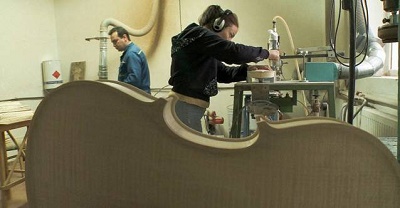
This documentary tells a story about a Bulgarian young man who leaves his old life and goes to Cremona in Italy to study violin making. The director of this documentary was selected by Forbes as one of Bulgaria’s 100 Most Powerful Women in 2012 and one of the Women of the Year in 2013.
The small city Cremona in Italy has been providing classic violins for the world since the 16th century, represented by high-class violins such as Stradivari and Amati. The documentary will offer the audience a glimpse into the expertise of violin making by Italian craftsmen.
Dive!Dive!The Ama of Tsushima
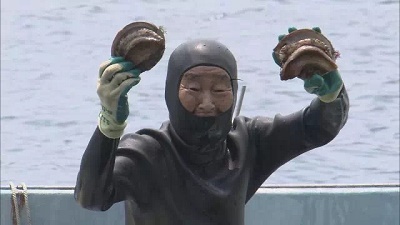
Ama are women who dive into the ocean to fish lobsters or clams without rebreathers. The occupation could date back 5 thousand years. Tsushima in Japan has had this old occupation for over 2 thousand years. Now only 3 women are still working in this business. The 82-year-old Ukeno Hideko has been working as Ama for 67 years. To keep ecological balance and avoid overfishing, local people refuse to use scuba tanks even today.
The Great Shokunin
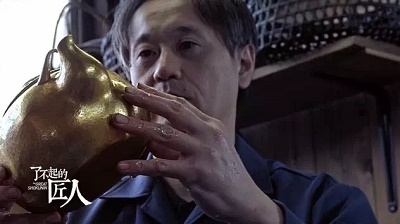
This is the first warm and heartening micro-documentary about craftsmanship in Asia. 20 craftsmen in different parts of Asia present 20 delicate articles and local customs through the camera.
What is new about this documentary is that it combines watching with buying. Audience while watching the documentary, can order and buy products shown in it directly on designated websites. To some extent, it helps the craftsmen with income increase. Also it establishes a bridge between the audience and the craftsmen, leading to a win-win result.
Drunken Dragon Dance
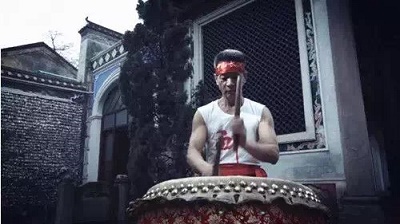
Drunken Dragon, also known as Snipper Dragon or Turning Dragon, is a spontaneous and impromptu dance. It gets its name because dancers show the unsteady beauty in dancing as if they were drunk. As a unique folk art form in Zhongshan, it has been kept as a tradition for hundreds of years. For many reasons, it had been at risk of being lost.
Drunken Dragon Dance records people who love the dance performing it before the Drunken Dragon festival in Zhongshan and Macao. Performed in two cities the dance represents a natural connection between the Chinese people.
The Tale of Chinese Medicine
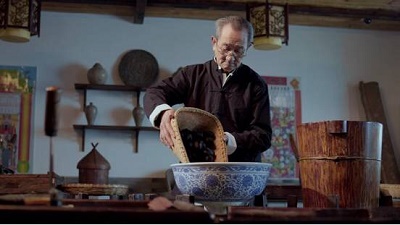
This is the first series documentary about Chinese medicine and culture. Compendium of Materia Medica was edited and completed over 5 hundred years ago. People nowadays know little about it. The documentary presents the process of finding of raw materials, collecting them and processing them into traditional Chinese medicines, in order to attract more attention on the traditional Chinese medicine and culture.
Some people say that traditional Chinese medicine is also natural history and its heritage passed down to next generations is also the heritage of craftsmanship. Chinese medicine materials are plants, essences of Nature, and they could only be turned into useful medicine with the right way of processing and making. Attention, patience and devotion are essential to the making of Chinese medicines.



